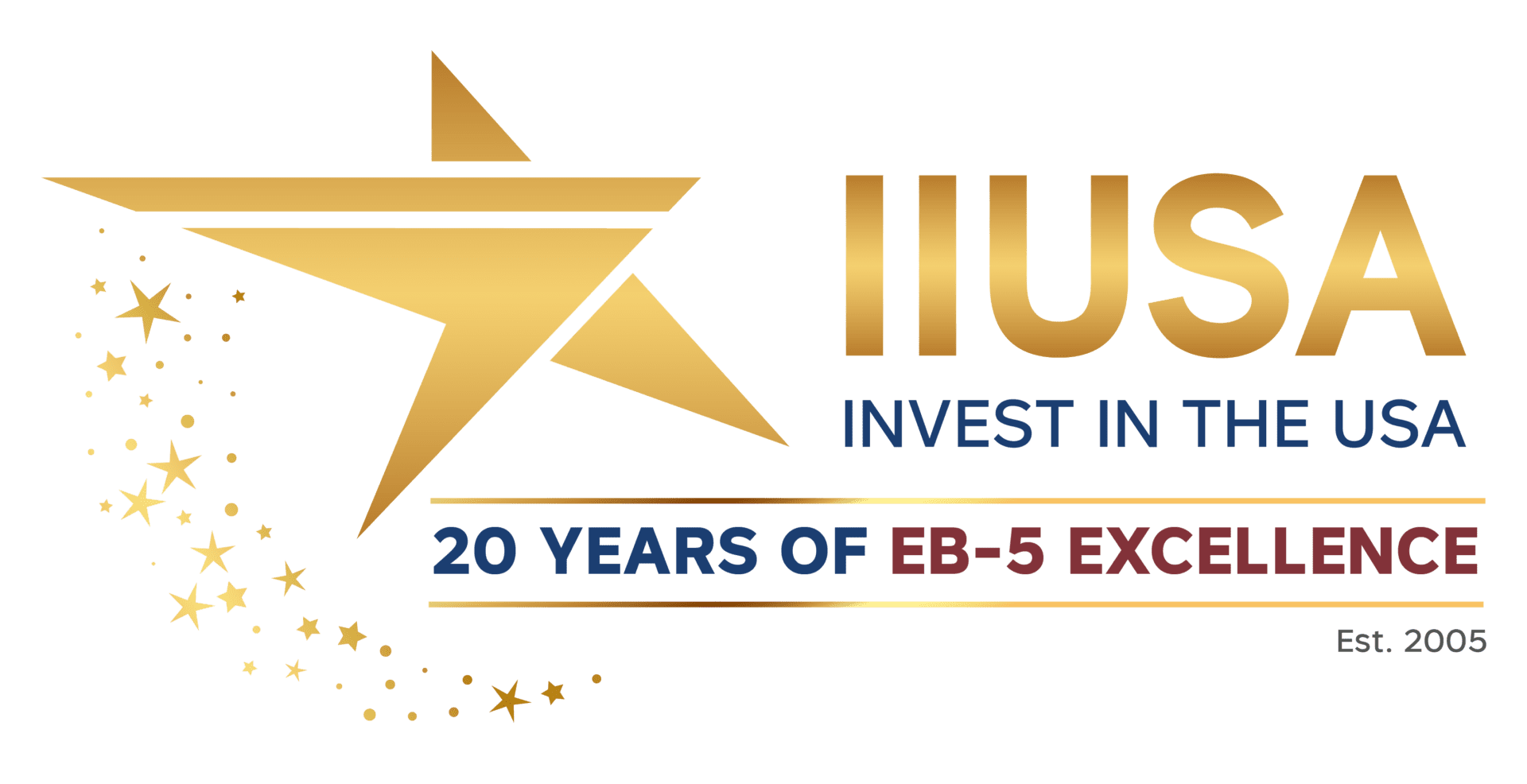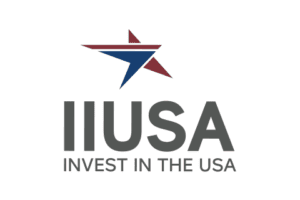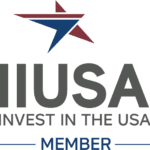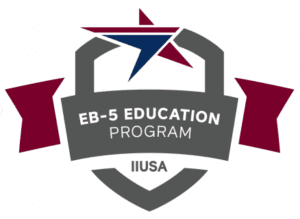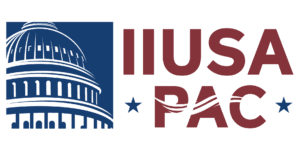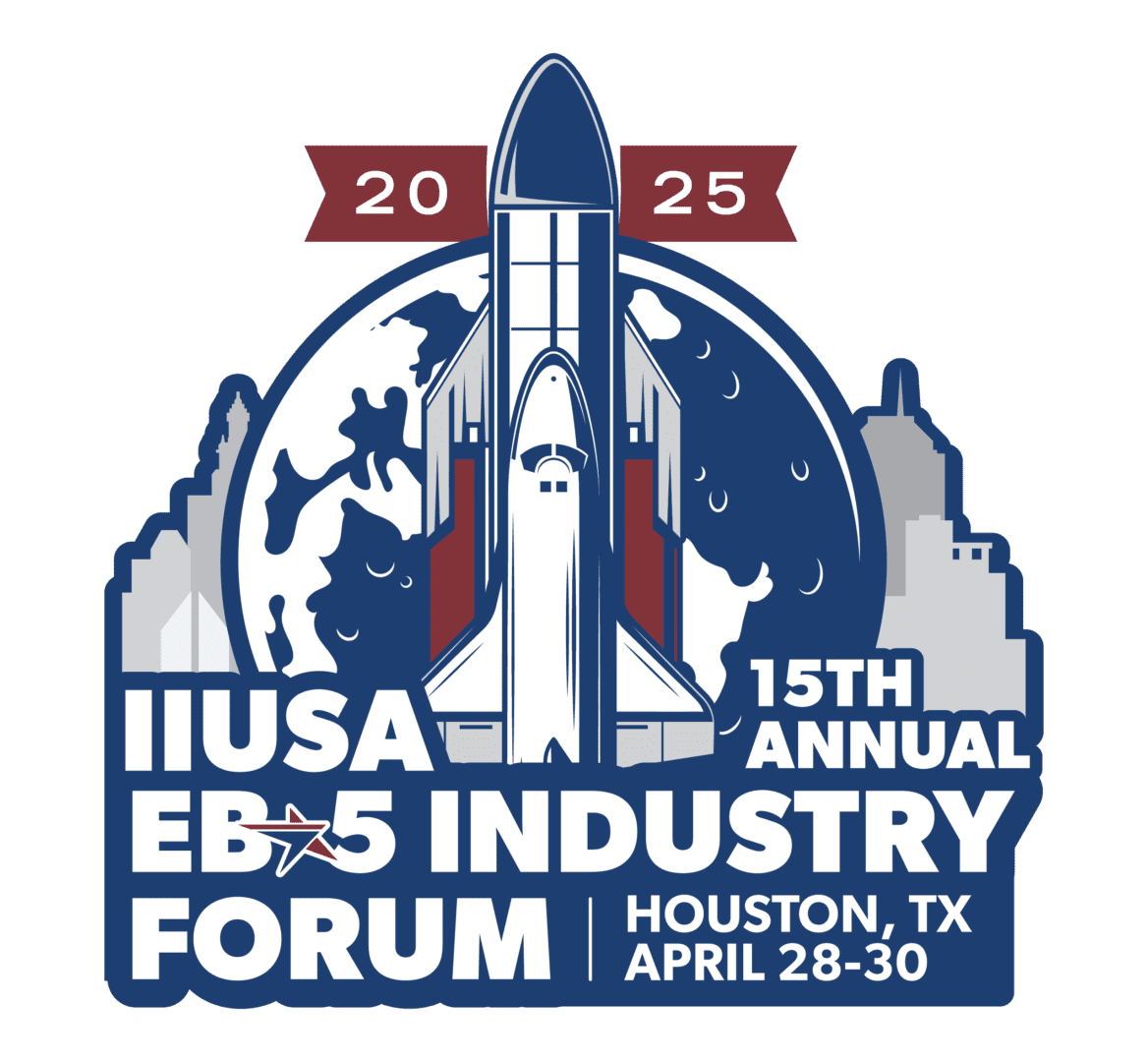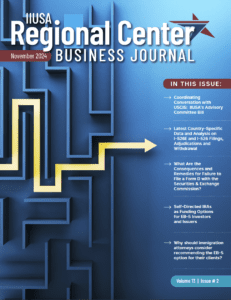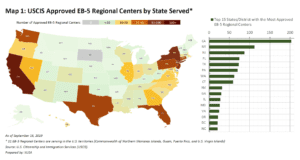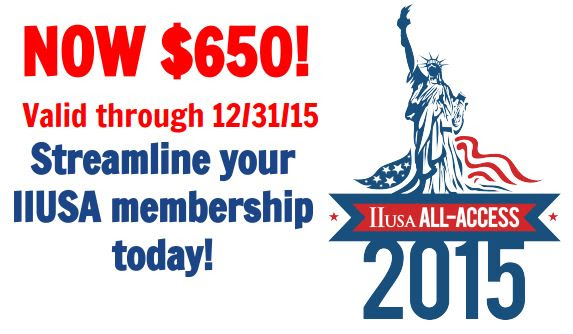Purchase your All Access Pass For Access to All Webinars, Video Recordings and More!
Going Global: The Importance of Diversifying the EB-5 Marketplace (Available for $100/members & $198/nonmembers)
If you would like to purchase webinar recordings à la carte, you can do so from the IIUSA Marketplace. To view the 50% off Member discount code, click here, you will need your IIUSA login to view the webpage. Email i[email protected] if you need assistance with your password.
Purchase Here

Topic: While Chinese investors have driven the overall growth of the EB-5 Program over the past several years, the reality of visa retrogression (or a quota backlog for mainland EB-5 investors) means that EB-5 projects will need to look to other parts of the world for investment.
When analyzing U.S. Citizenship and Immigration Services (USCIS) adjudication data, and Department of State visa usage by country, there are several growth markets in Asia, Europe and Latin America that becoming more important for the EB-5 industry. This panel, which includes several members of IIUSA’s Investor Markets Committee, will examine several macro-trends affecting global EB-5 investment while also taking a more nuanced look into what motivates potential investment by immigration participants more broadly from other areas of the world.
Other webinars available for purchase
- May 28 – Loan Proceeds as Qualifying Capital for an EB-5 Investment (Purchase here)
Description: In the April 22, 2015 U.S. Citizenship and Immigration Services (USCIS) public engagement with the EB-5 stakeholder community, the Immigrant Investor Program Office (“IPO”) articulated a new adjudications standard that precludes the EB-5 investor’s use of loan proceeds as a source of investment capital unless the investor shows that the promise to repay the loan has been secured by assets the investor owns.
When using loan proceeds as EB-5 capital, a petitioner must demonstrate first that they are personally and primarily liable for the indebtedness. That is, they must demonstrate that they bear primary responsibility under the loan documents for repaying the debt that is being used to satisfy the petitioner’s minimum required investment amount.
In addition, the petitioner must demonstrate that the indebtedness is secured by assets the petitioner owns and that the value of such collateral is sufficient to secure the amount of indebtedness that is being used to satisfy the petitioner’s minimum required investment amount. Put another way, indebtedness secured by assets owned by the petitioner qualifies as “capital” only up to the value of such collateralized assets.
Join our expert panel for a discussion of the issue of “Indebtedness” as “capital” and what this might mean for cases pending before USCIS.
- April 30 – EB-5 Visa Retrogression: What Does It Mean for Your Business? (Purchase here)
Description: With applications for EB-5 visas reaching an all-time high, procedural changes to the issuance of visas this fiscal year will have widespread implications for investors, investment entities and for the USCIS policies that govern how the EB-5 Program functions.
On August 23, 2014, the Department of State announced that for the first time ever, the maximum number of EB-5 visas which may be made available for use by individuals born in mainland China had been reached for fiscal year 2014. While the visa unavailability was quite short and affected very few investors, it is anticipated that a much longer quota backlog, most likely beginning in the 3rd quarter of Fiscal Year 2015, could lead to investors waiting in line for years to receive their conditional green card – a term in immigration law known as “retrogression” .
Join our expert panel for a webinar to explore what the onset of EB-5 visa retrogression means for your business.
- March 4 – Securities Laws & EB-5: Broker Dealer Business Model (Purchase here)
Find out how the growing, and always evolving, role of broker/dealers in the EB-5 industry can benefit your business!
In the past several years, the EB-5 industry has seen increased participation from broker/dealers. Licensed and regulated by the Financial Industry Regulatory Authority (“FINRA”) under U.S. securities laws, broker/dealers have successfully been part of marketing, consulting and more on EB-5 offerings.
Our panel of experts discuss what this trend means for Regional Centers and other EB-5 stakeholders, and how industry participants can benefit.
- February 5 – Review of IIUSA EB-5 Regional Center Industry Best Practices (Purchase here)
Through its Best Practices Committee, IIUSA continuously explores and publishes industry best practices to further the professional and business goals of the Regional Center industry. By raising the bar at which the EB-5 Regional Center Program business is conducted, IIUSA advocates professional integrity by Regional Centers and the industry that serves them. The Program’s success is predicated on prudent and ethical business practices – developed by industry leaders and professionals who have spent years building the credibility of the Program through mutual respect and delivery of results.
In June 2014, IIUSA adopted a new Code of Ethics (“Code”) and Standards of Professional Conduct (“Standards”), a streamlined procedure that promotes self-regulation within the EB-5 industry. In previous years, IIUSA provided recommended best practices for EB-5 Regional Centers on issues such as oversight/project selection, conflicts, securities issues, escrow, economic reporting, and more. IIUSA has also provided suggested best practices when dealing with agents/recruiters as well as recommended best practices for IIUSA member regarding “Know Your Customer (KYC)”.
Review IIUSA’s EB-5 Regional Center Best Practices today!
2014 Webinar Series
- November 21 – Finance – EB-5 Escrow, Fund Administration & Bridge Loans (Purchase here)
- November 6 – Form I-924A – Strategies for Fulfilling the Annual EB-5 Regional Center Reporting Requirement (Purchase here)
- September 25 – EB-5 Economics: Targeted Employment Areas (TEAs) & Economic Methodologies (Purchase here)
- August 28 – USCIS EB-5 Adjudication Trends: I-526/I-829 Petitions & I-924 Applications (Purchase here)
- July 31 – Securities Laws & EB-5: Enforcement Actions & Registration Guidance (Purchase here)
- June 26 – Finance: Combining EB-5 Capital with Other Economic Development Tools (Purchase Here)
- April 3 – Tools for EB 5 Due Diligence (Chapter 2) (Purchase here)
- May 29 – EB-5 Economics: Overview of Available Input/Output Models (Purchase here)
- February 27- Securities Laws EB 5 Broker Dealer Business Model (Purchase here)
